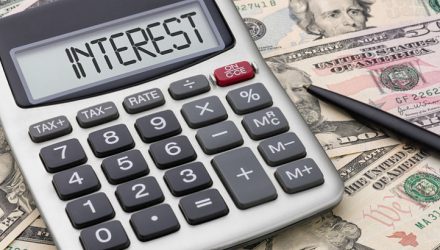“In fact, their monthly return correlation with the S&P 500 from June 2014 to March 2017 was 0.65. Investors tend to hold bonds to diversify equity, as bonds tend to go up when stocks go down, and vice versa. However, these rate-hedged ETFs diminish the diversification benefit of bonds, as exemplified by their relatively greater correlations to stocks versus their unhedged counterparts. In addition, these funds may be costly to trade, given their small asset bases and low trading volume,” according to Morningstar.
For its part, IGHG is not a tiny ETF. The fund had more than $244 million in assets under management at the end of the first quarter, according to issuer data. The ETF holds almost 280 bonds from over 120 issuers with a weighted average maturity of over 15 years. IGHG’s 30-day SEC yield of 3.52% is well above what investors get on 10-year Treasuries.
IGHG targets a duration of zero and the ETF is almost there as its net effective duration is currently just 0.04 years.
To achieve its lower rate risk exposure and maintain its return potential, IGHG takes short positions in U.S. Treasuries to achieve a zero duration target. With a zero duration, the bond ETF has no sensitivity to changes in interest rates, providing investors access to higher yields and outperforming other non-hedged bond funds with similar durations when rates rise.
For more information on the fixed-income markets, visit our bond ETFs category.
